Feeling FRUITY: 9 fruits to try when visiting French Polynesia
Ever heard of abiu? What about mape? Fe'i?
One of the perks of living on a beautiful tropical island is the fresh fruit. Right now, we have such an abundance of mangoes that we’re turning them into jam, drying them in the dehydrator, and eating (on average) 3 each a day.
At one point it was guavas. We had sacks and sacks of guavas, foraged from neglected trees. Chop off the bad bits and into the pot they go. We were eating guava jam for an entire year after harvesting.
Another moment in time it’s avocados. They fall from the tree in twos and threes and we eat them with salt and a teaspoon. They’re lighter than the ones in Australia, bigger, almost sweet at times.
We seem to have a near-constant supply of bananas and papayas thanks to Martin’s gardening!
Here are a few of my faves, most of which I hadn’t tried before arriving, that you should definitely pick up if you find yourself in Tahiti or Mo’orea.
9 funky fresh fruits to try when visiting French Polynesia
1. Uru
A local staple! Also known as breadfruit, this guy is big, green and basketball shaped, with little hexagons all over. Blacken all sides in the fire until it’s soft enough to pierce with a knife, peel while hot, take out the heart, wrap it in banana leaves and smack it with a stick. Et voila! Dinner is served.
Younger ones taste like mashed potato, and are very tasty served with butter and salt, or fried and turned into chips. The ripe breadfruits get super squishy and sweet and can be turned into cakes. Everywhere you go you see the trees lining the roads with their beautiful wide foliage.
2. Pomme etoile
Known as a ‘star apple’ in English, this fruit is deep purple on the outside and white and fleshy on the inside. They have an almost vanilla-esque flavour with the texture of a mangosteen. You can commonly find them sold on the side of the road when in season.
3. Starfruit
Bright yellow and star-shaped when you cut through horizontally, also known as carambole. There’s a tree out the back that gives us a massive dump of these at once, and then none for ages.
Apparently you can cook them, although I haven’t tried, it’s one thing to experiment with next time we have a batch.
4. Rambutan
I can’t believe I’d never eaten a rambutan before getting here. It’s like a lychee’s fuzzy cousin. Juicy, sweet, and easy to eat a few dozen in one sitting.
They’re especially good for keeping the nephew and niece occupied; you just let them at a big bucket of rambutans and buy yourself 15 minutes of tranquility.
5. Abiu
No, we’re not eating the monkey from Aladdin. This is something else entirely.
Abiu is a yellow fruit with white fleshy interior and the ripe ones disappear pretty quickly; it’s a firm favourite around here. This transplant from South America is sweet with a subtle vanilla flavour and best served straight out of the fridge.
6. Corossol
The English name is ‘soursop’ which makes me think of some sickly Victorian lad on his deathbed. The fruit itself doesn’t look super sexy either; lumpy and irregularly shaped with bumps all over.
But I don’t judge a fruit based on its looks (or name), and once you get into the tangy-tart-sweetness of a corossol, you wouldn’t either. You can find corossol gelato, smoothies and juices all over the island.
7. Guava
Ok, I know this one isn’t particularly rare or unusual, but I’m a bit embarrassed to admit I don’t think I’ve ever eaten a guava before I came here. We’ve got the pink and the yellow varieties growing near us, and when it hits guava season, I probably smash a good half dozen a day.
The guava conserve we’ve made is almost out, but it’s pretty much cook a bunch of guavas on the stove and add sugar. It was during guava season that I discovered my new favourite cocktail, which is guava conserve + amaretto + lemon juice. I think I’ll call it a Mo’orea sour!
8. Fe’i
Fe’i are like a banana but you have to cook them, and are usually served alongside savoury dishes. A very traditional dish here is steamed fish, taro, sweet potato and fe’i, served with either coconut milk or miti hue (a fermented coconut yoghurt which packs a punch).
Fe’i come in a variety of colours, from pink to orange to red, but unlike banana trees have been a little hard for us to grow successfully.
9. Mape
The seed of the Tahitian chestnut, or mape, is actually toxic before cooking. The process for collecting and cooking them is a bit long and arduous, so I just buy mine from the women on the side of the road. They’re cheap, filling, and apparently very nutritious. They taste a bit like their namesake, with a boiled chestnut flavour that’s a little sweet and salty at the same time.
Listening, reading, thinking about…
My old colleague Marty was doing a monthly newsletter with random links found from around the internet. He seems to be on a hiatus (I reckon having little kids might have something to do with it) but when I’m in need of a distraction I find myself going back and revisiting old articles that I really liked (such as this one about slime moulds!).
My brother-in-law (or beau frère in French) does a beautiful podcast filled with stories from his life. He’ll read the full story in French, and then slowly read each line again with the English translation. I’ve started listening through the back catalogue while I stretch in the evening as some easy French practice.
Martin is reading a lot of Steinbeck these days. I’ve only read a couple. I’m keen to read more.
I started sending postcards a little while ago, but I feel no letter I ever write could come close to the poetry of some of the letters from last century.





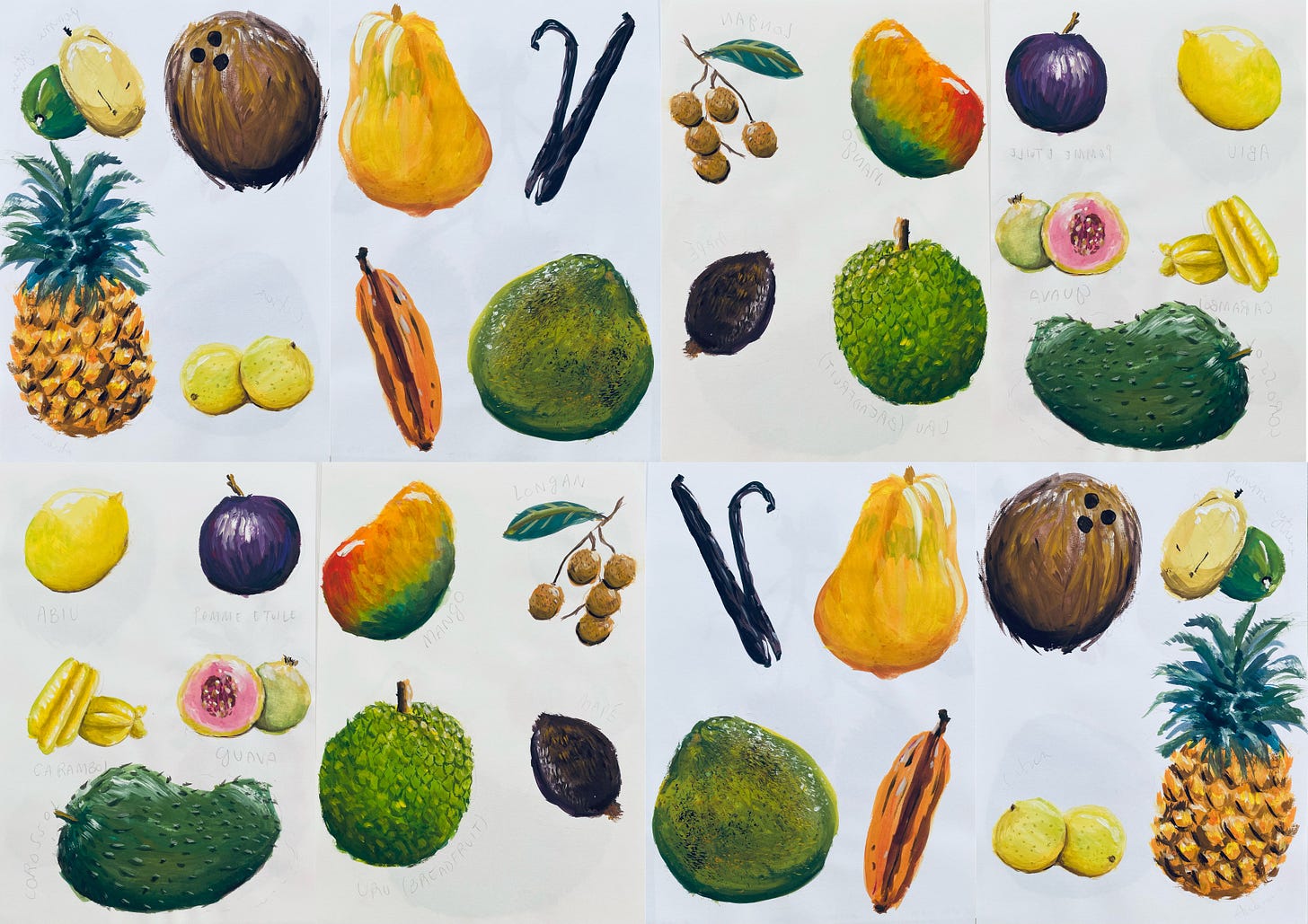
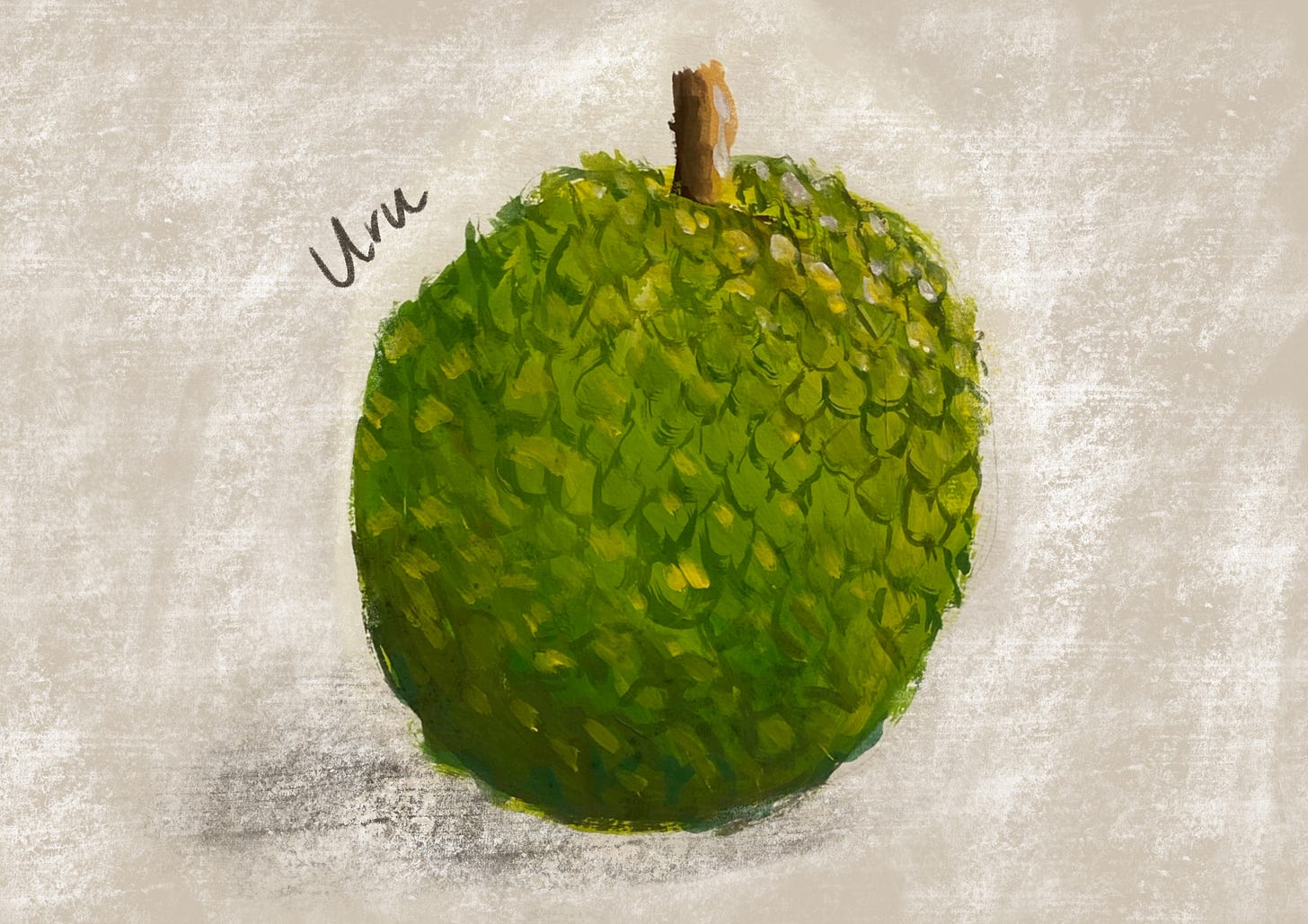
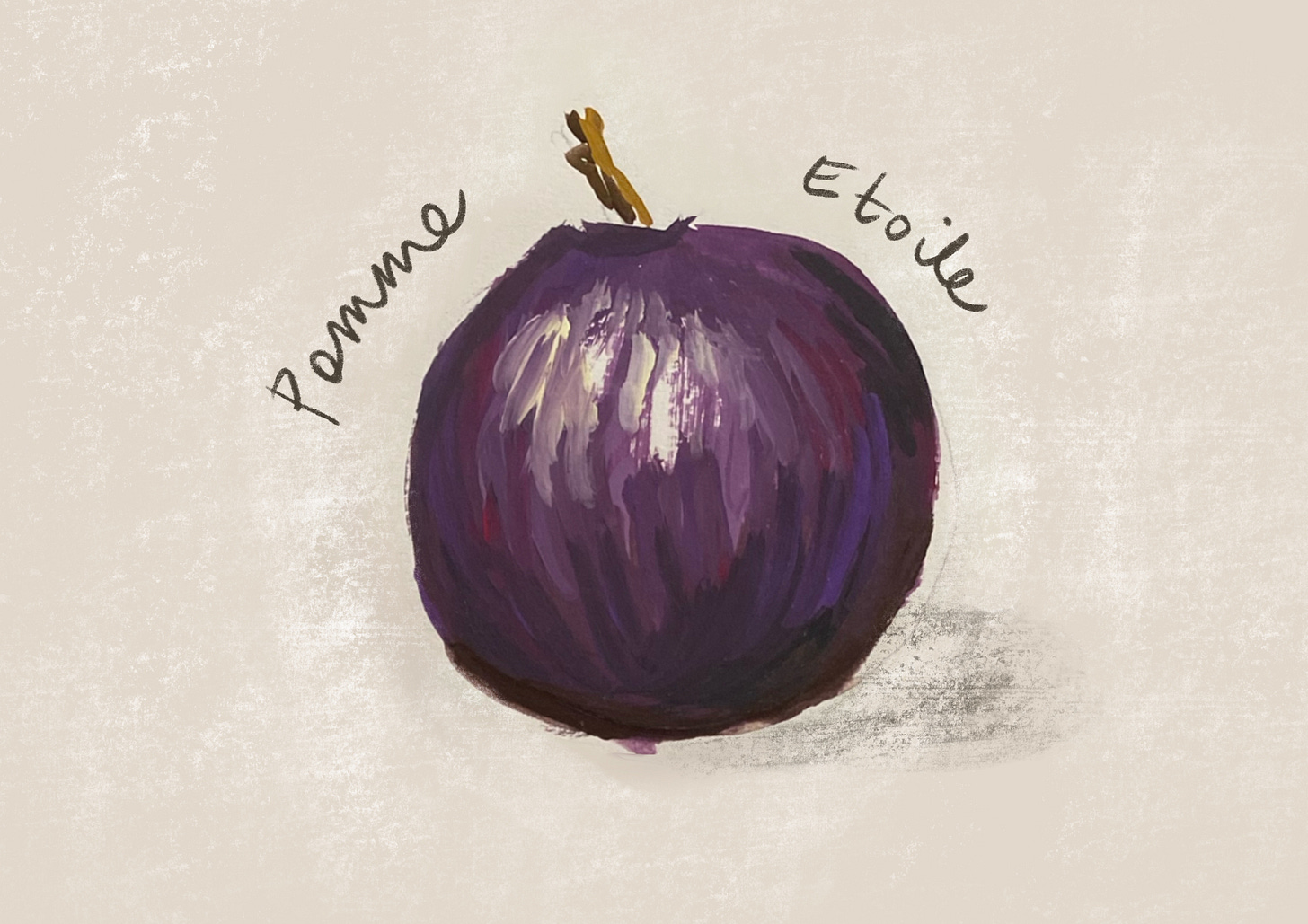


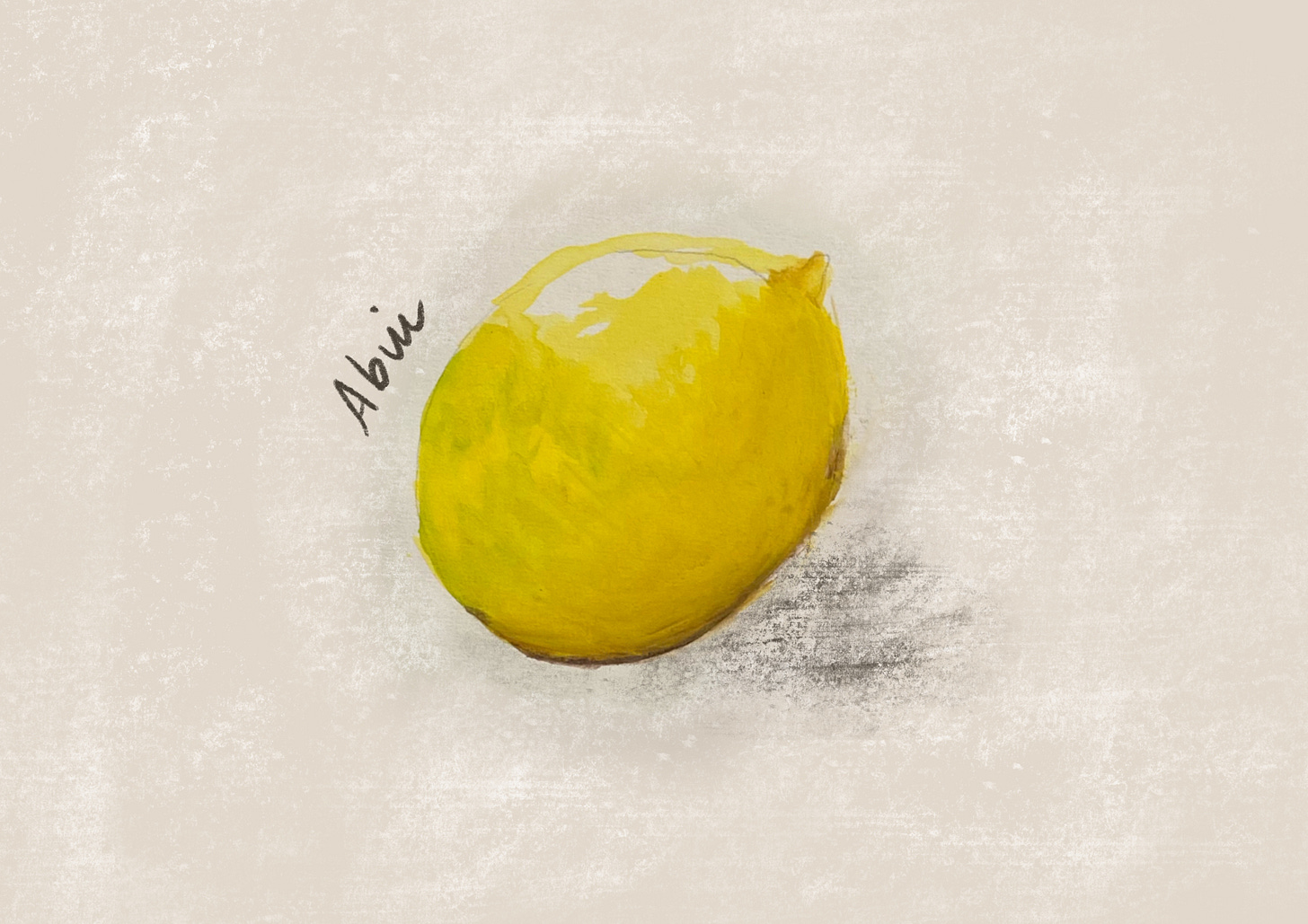
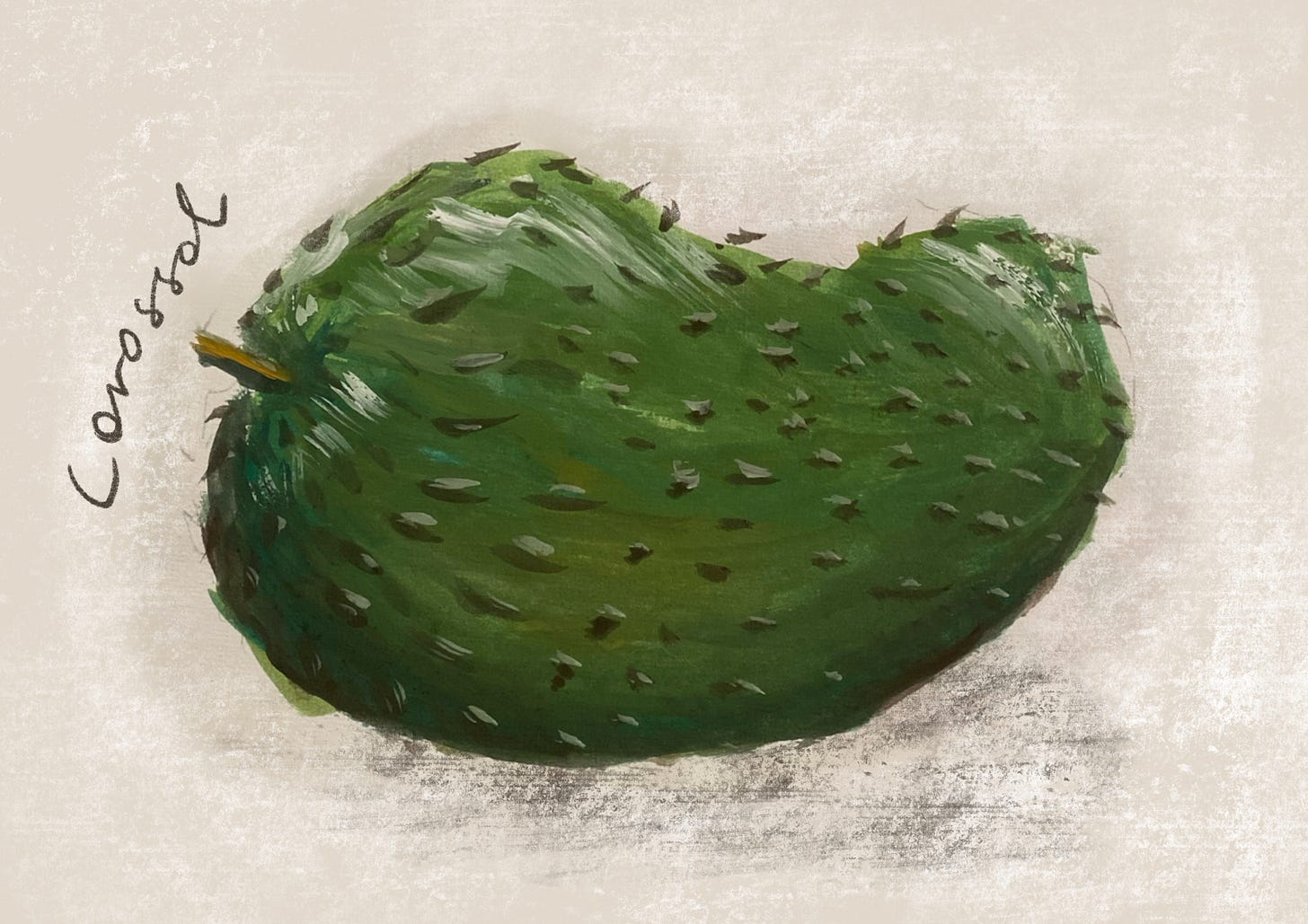
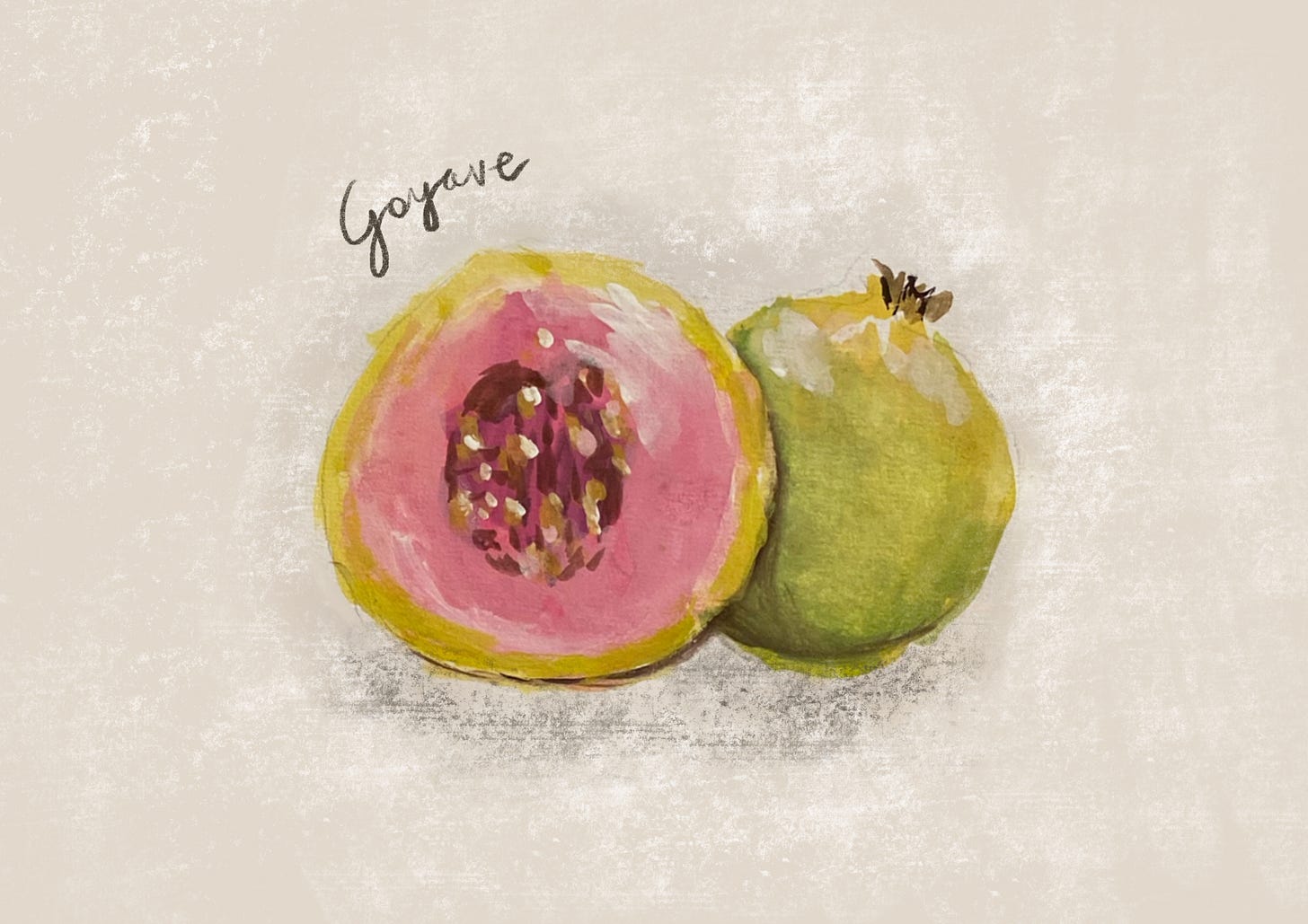
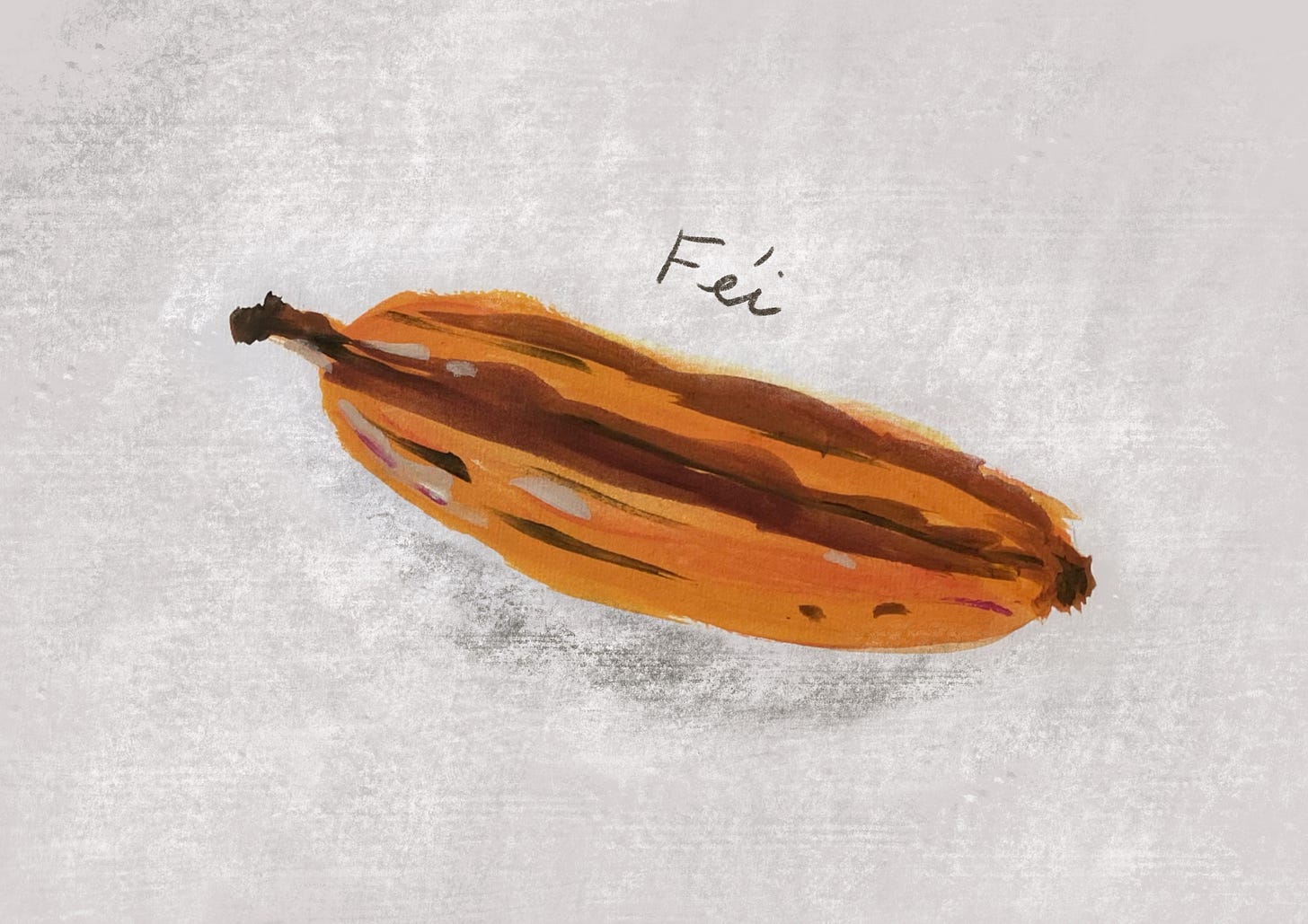
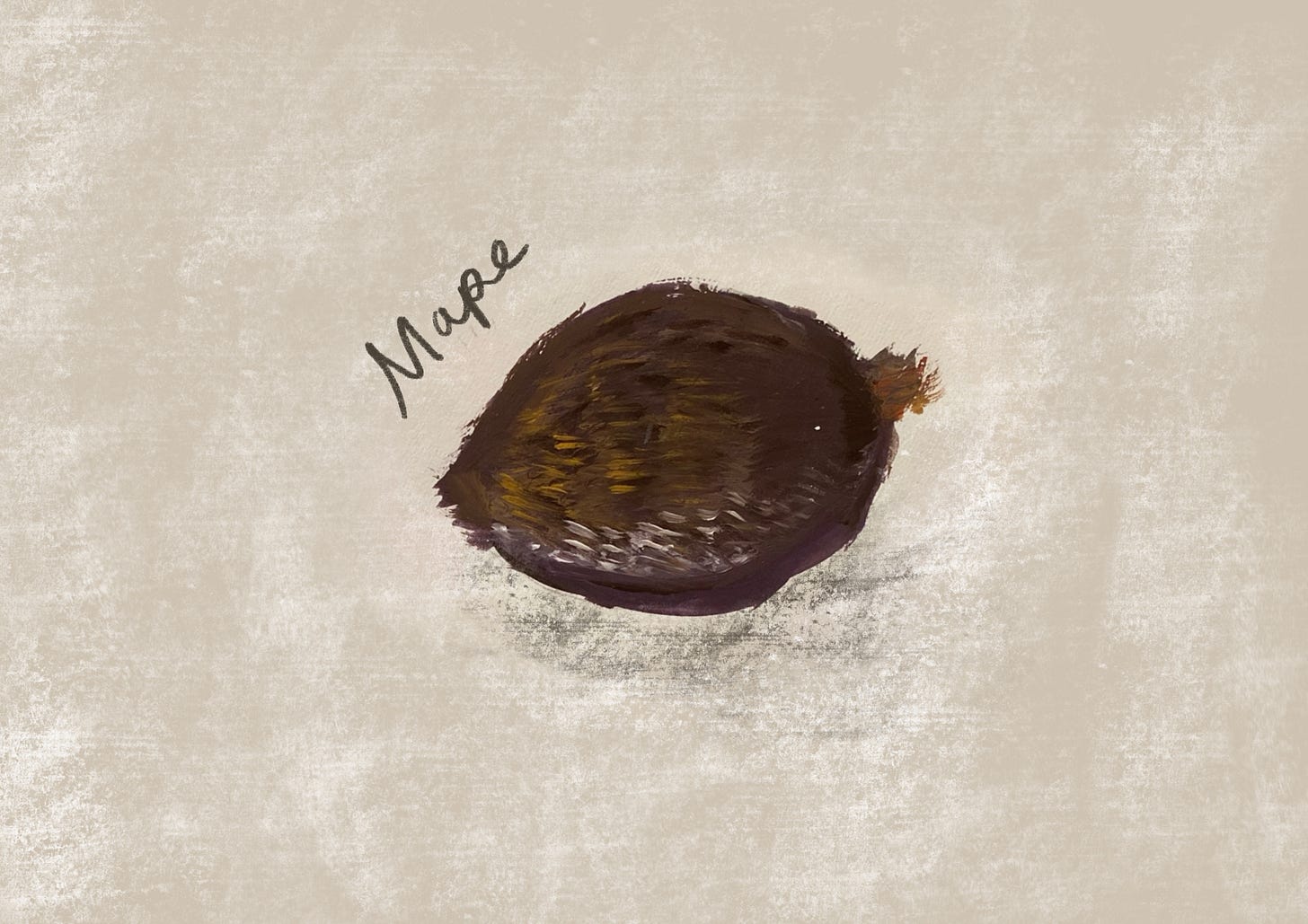
❤️
I want them all. For some reason I've always loved the start fruit. I think it's because they're not that sweet (from what I remember), so I can eat more of them.
And the texture maybe 😋
When do they dump themselves on you guys? So I can time my visit... 😄